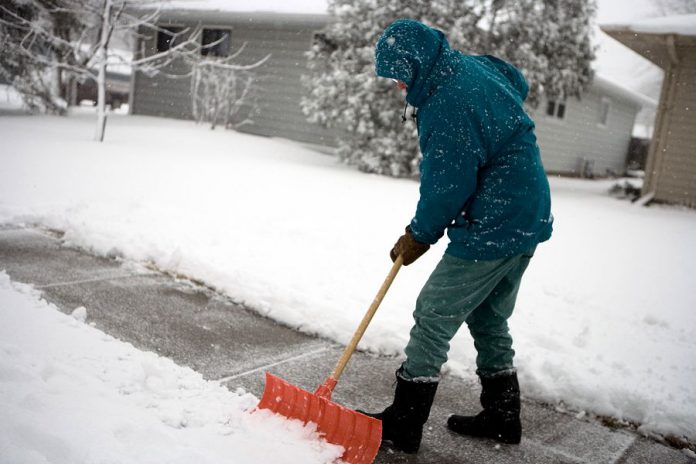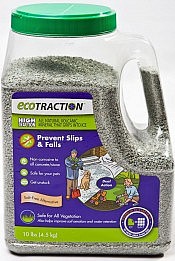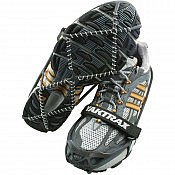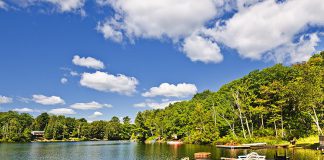
Last winter, my driveway was an absolute disaster. I was away for a few days, during which time it snowed followed by a period of rain. Several inches of snow became waterlogged and froze into a solid mass, making clearing it impossible. To make matters worse, the snowplow pushed a large mound of slush into the driveway, which later froze. This meant I had to chip away at it for days.
Snow, slush and ice make getting out and about a challenge for all of us. Drivers must slow down and drive in accordance with the road conditions, and pedestrians must be extra cautious on slippery sidewalks, parking lots, and driveways.
For those of us on foot, the snow and ice associated with winter throw in an extra hazard as we make our way around town — we have to worry about the condition of the surface we’re walking on. Like anyone driving a vehicle, whether it has two wheels or four, we must pay attention to the conditions under our feet so that we won’t end up flat on our face.
While we try what we can to alleviate potential slip and fall hazards, there’s only so much one can do in the cold months. One of the biggest winter risks to pedestrians is, of course, ice. Slippery enough on its own, ice can become downright dangerous if you add a fresh snowfall or some water to its surface.
When it comes to reducing the chances of falling in the winter, the most common tool we reach for from our ice melting arsenal is salt. But should it always be the first choice? Something we don’t tend to think about is what happens to the salt after our problematic ice and snow has been melted.

Another reason to avoid salt usage is because of the damage it can cause to plant life. The ability for plants to uptake water through their roots is harmed, which in turn sends the vegetation into a drought-like state which can often kill it. Avoid the use of salt around gardens, trees, lawns, and other areas inhabited by sensitive plant life.
If you want to curtail your use of salt, there are plenty of options on the market today that work just as well without the potential environmental damage.
In many cases, ice can simply be treated with sand as opposed to salt. The sand will provide traction and perhaps some melting action if the sun hits it, making icy surfaces safer to walk on.
There are other products available that achieve similar results if you don’t want to use sand. At GreenUP we use a product called EcoTraction, which is derived from volcanic minerals. The company claims it has no zero impact on the environment, and will eventually turn into dust after enough pedestrian traffic.

Perhaps one of the easiest ways to avoid using salt is to use another tool — the shovel. Shovelling snow and keeping walkways clear is a simple and effective way to prevent build up of snow and ice. You can also chip away at layers of ice, removing it completely as opposed to melting it and having it refreeze. Shovelling is also a great workout too, if you’re doing it correctly and safely.
A great product to use to make walking safer on slippery surfaces is called Yaktrax. These traction devices strap on to the bottom of your shoes, making walking on slippery surfaces safer. They’re available in a range of sizes and locally at many retailers.
The next time you have a patch of ice in front of your door, take the environment into consideration first and look at some other options available to you to make your winter a bit less slippery.


























